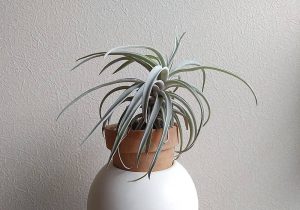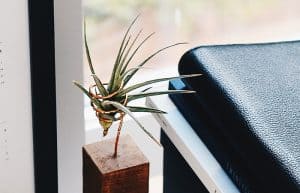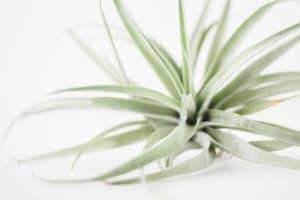There is a misconception that air plants need to live indoor to grow and be healthy, but this is not always the case. Air plants, specifically, are capable of thriving indoors and outdoors. Many people keep them inside during the winter months because of the cold weather, but move them outside in the summertime to get more sun exposure. The most important thing to remember when moving an air plant outdoors is to protect it from direct sunlight and wind.
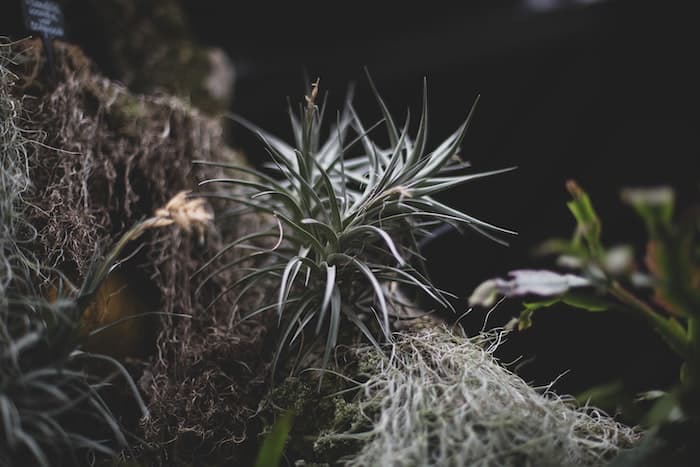
What Temperatures for Air Plants to Live Outdoor
Air plants are easy to take care of, but like all plants they need proper temperatures in order to thrive. Air plants can be kept outdoors in warm climates, but should be moved inside in cold climates. The temperature range that air plants can tolerate is as follows:
55 degrees Fahrenheit to 120 degrees Fahrenheit (12 degrees Celsius to 49 degrees Celsius)
It is best to keep an air plant away from direct sunlight and heaters as these can scorch the leaves. If you live in a hot climate, it is ok to leave the plant outside for part of the day during the summer. In cooler climates, it’s better to bring the plant in at night.
How to Protect Outdoor Air Plants from The Cold
It is important to protect outdoor air plants from the cold. Here are a few tips to keep your plants healthy and happy in the winter:
- Check the temperature closely before bringing in any new plants or transferring any existing plants. If it is below freezing outside, do not bring in new plants or move existing ones until temperatures have warmed up by at least 20 degrees Fahrenheit.
- Use a frost cover when planting outdoors in the winter. A frost cover will help keep soil moisture locked in and protect newly planted seeds from cold weather damage. Simply place a layer of old newspapers, leaves, or other organic material over the transplanted seedlings before planting out in order to create a frost shield.
- Rotate plants so that they receive sunlight from all directions. This will help them conserve energy and stay healthy.
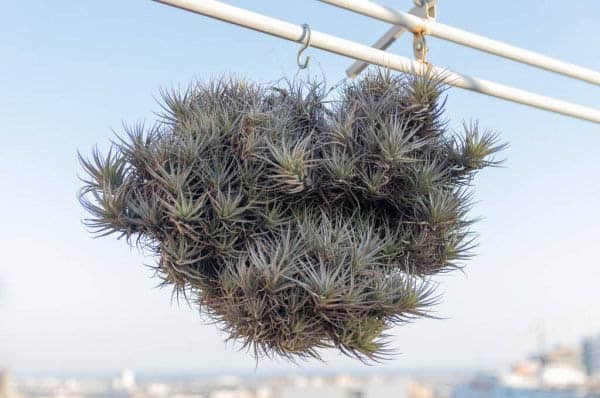
Tips on Caring for Outdoor Air Plants
Outdoor air plants are one of the most popular additions to any landscape. They provide beauty, fresh air, and a sustainable way to add greenery to your home. However, like any living thing, air plants need care in order to thrive. Here are some tips on caring for outdoor air plants:
- Choose the right plant. There are many different types of air plants, so it is important to choose the right one for your home’s climate and preferences.
- Water regularly. Air plants need water in order to stay healthy and happy. Make sure you water them frequently enough so that the soil remains moist but not soggy.
- Fertilize sparingly. Air plant fertilizer is designed specifically for these plants and should not be used on regular flowers or vegetables unless specifically directed to do so by the manufacturer of the fertilizer product.
- Keep in mind that air plants need to stay moist. It is important to keep your plants away from drafts and heaters, which dry out the plants.
- Avoid extreme temperatures. Air plants thrive in moderate temperatures, but they are very sensitive to cold drafts. Keep your plants indoor whenever possible during the winter months, and try to avoid extreme temperature fluctuations.
How to Protect Air Plants from Birds
Air plants can be beautiful additions to any home, but they can be vulnerable to bird damage. If you want to protect your air plants from birds, here are 5 tips to keep in mind.
- Make sure the plant is in an area where birds don’t frequent.
- Make sure the plant isn’t placed too high up so that birds can reach it.
- Cover the plant with mesh or some other type of protective covering when not in use.
- Provide a bird feeder that placed away from the plants so that the birds will stay away from your plants.
- Place some type of deterrent around the base of your plants to scare away pigeons and other small birds.
Conclusion
In conclusion, air plants can live outside in a sunny area if you provide them with the right conditions. They need bright light and good air circulation, so be sure to place them in an area where they won’t be blocked by some patio furniture or other objects. You also need to water them regularly, and fertilize them once a month with a diluted fertilizer solution.


